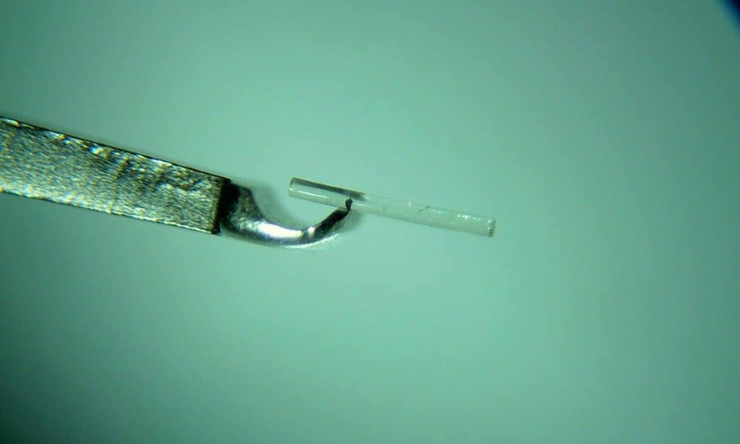Share
Gingko Biloba is a tree native to China but also found in Japan and Korea. Its fan-shaped leaves contain a complex combination of chemicals including flavonoid glycosides and terpenoids. Pharmacologically, these can affect many processes in the body including influencing neurotransmitters in the brain and improving blood flow by reducing the action of platelets.

There is evidence both in animal models and in humans that Ginkgo is a beneficial treatment for glaucoma. Examples of such evidence includes increased survival of rat retinal ganglion cells in culture when exposed to Ginkgo and improvement in the visual field scores of patients with glaucoma after a course of treatment with Ginkgo Biloba extract. The mechanism behind such apparent benefits is not certain; improved blood supply to the eye (including optic nerve) has been demonstrated and may be important.
Ginkgo is generally safe and well-tolerated. As it can increase bleeding, it should be used with caution in individuals taking anticoagulants or in those with medical conditions associated with increased bleeding such as haemophilia, chronic liver disease or thrombocytopaenia.
It is important to appreciate that the benefit of Ginkgo for preventing glaucoma onset or progression is much less certain than other strategies such as lowering intraocular pressure. The later has been extensively studied with consistent results whereas research of Gingko is much more limited. Currently Ginkgo is indicated for the glaucoma management in eyes where progression is detected despite low intra-ocular pressures.


